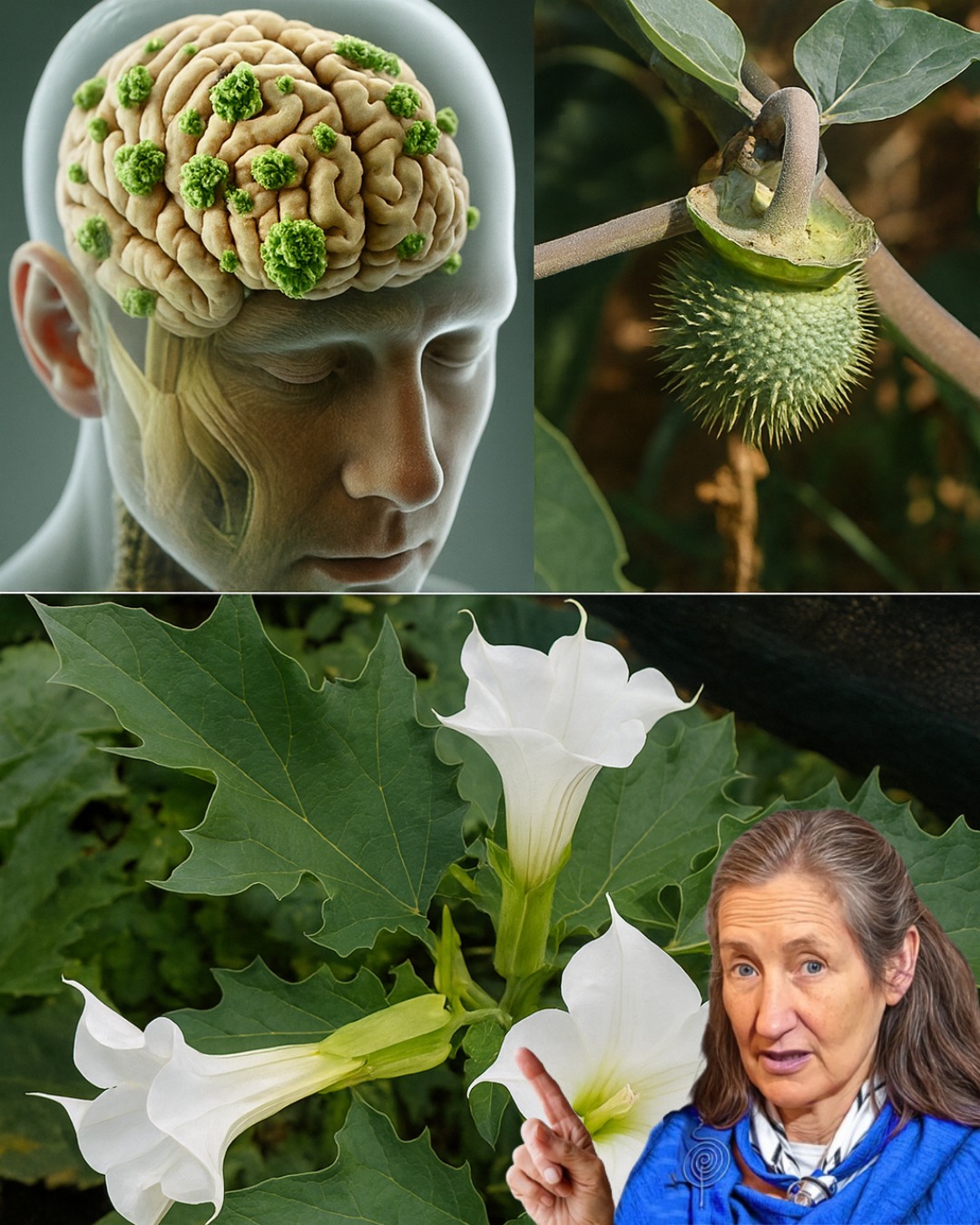🌿 What Makes Datura So Deceptive?
The Datura genus belongs to the Solanaceae family, a notorious clan that includes other nightshades like tomatoes and eggplants—but don’t let that fool you. Unlike its edible relatives, Datura is a botanical outlaw. Native to the Americas, these plants have spread across the globe, thriving in disturbed soils, along roadsides, and even in unsuspecting gardens where their ornamental charm often masks their danger. Their signature trumpet-shaped flowers and spiny seed pods make them unmistakable, but every part of the plant—leaves, flowers, seeds, and roots—harbors potent toxins that can wreak havoc on the human body.
Why are people drawn to Datura? It’s simple: their ethereal beauty is hypnotic. The flowers, often blooming at dusk, emit a haunting fragrance that lures in the curious. But this is where the danger begins. Datura’s allure is a trap, and even a fleeting encounter can lead to catastrophic consequences. Let’s explore the key species of this genus to understand why they demand respect—and distance.
🌸 The Infamous Datura Species You Need to Know
The Datura genus boasts several species, each as striking as it is dangerous. Here are the most notorious culprits:
🌟 Datura stramonium (Jimsonweed or Thorn Apple)
This species is perhaps the most infamous, recognized by its white or purple trumpet-shaped flowers and prickly seed pods that resemble medieval torture devices. Jimsonweed has a dark history tied to its hallucinogenic properties, but don’t be fooled into thinking it’s a harmless psychedelic. Even a small dose can trigger severe poisoning, with symptoms ranging from disorientation to life-threatening complications.
🌼 Datura metel (Horn of Plenty)
With its showy, oversized flowers in white, yellow, or purple, Datura metel is often grown for its ornamental appeal. In some cultures, it’s used in traditional medicine, particularly in Ayurveda, but its toxic alkaloids make misuse a deadly gamble. One wrong move, and this plant’s beauty turns into a nightmare.
🌙 Datura inoxia (Moonflower)
Not to be confused with the harmless Moonflower vine, Datura inoxia is a night-blooming menace with fragrant, white flowers that glow under moonlight. Its seeds and flowers are packed with toxic alkaloids, and accidental ingestion—often due to its misleading name—has led to countless poisoning cases.
🌵 Datura ferox (Long-spined Thorn Apple)
